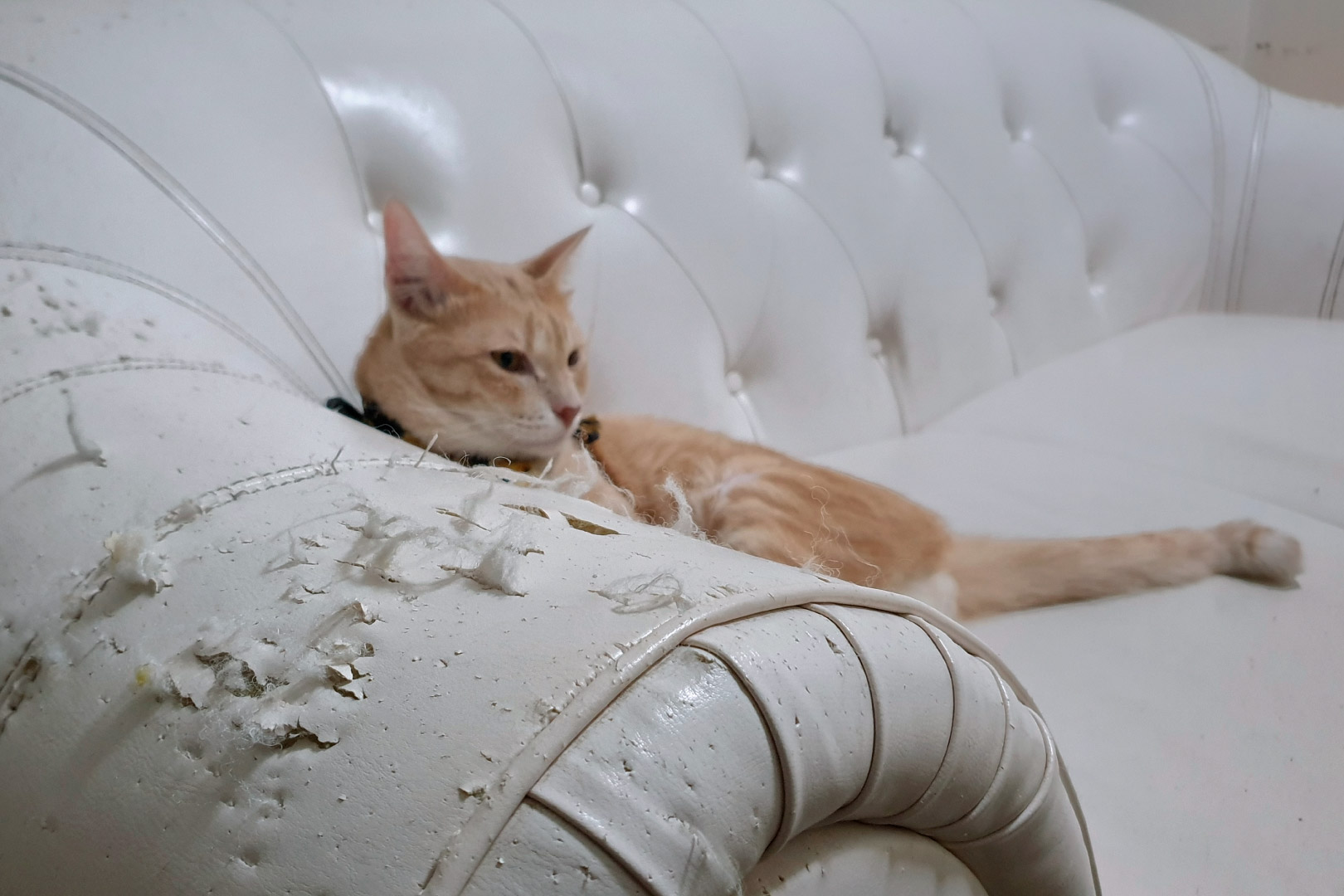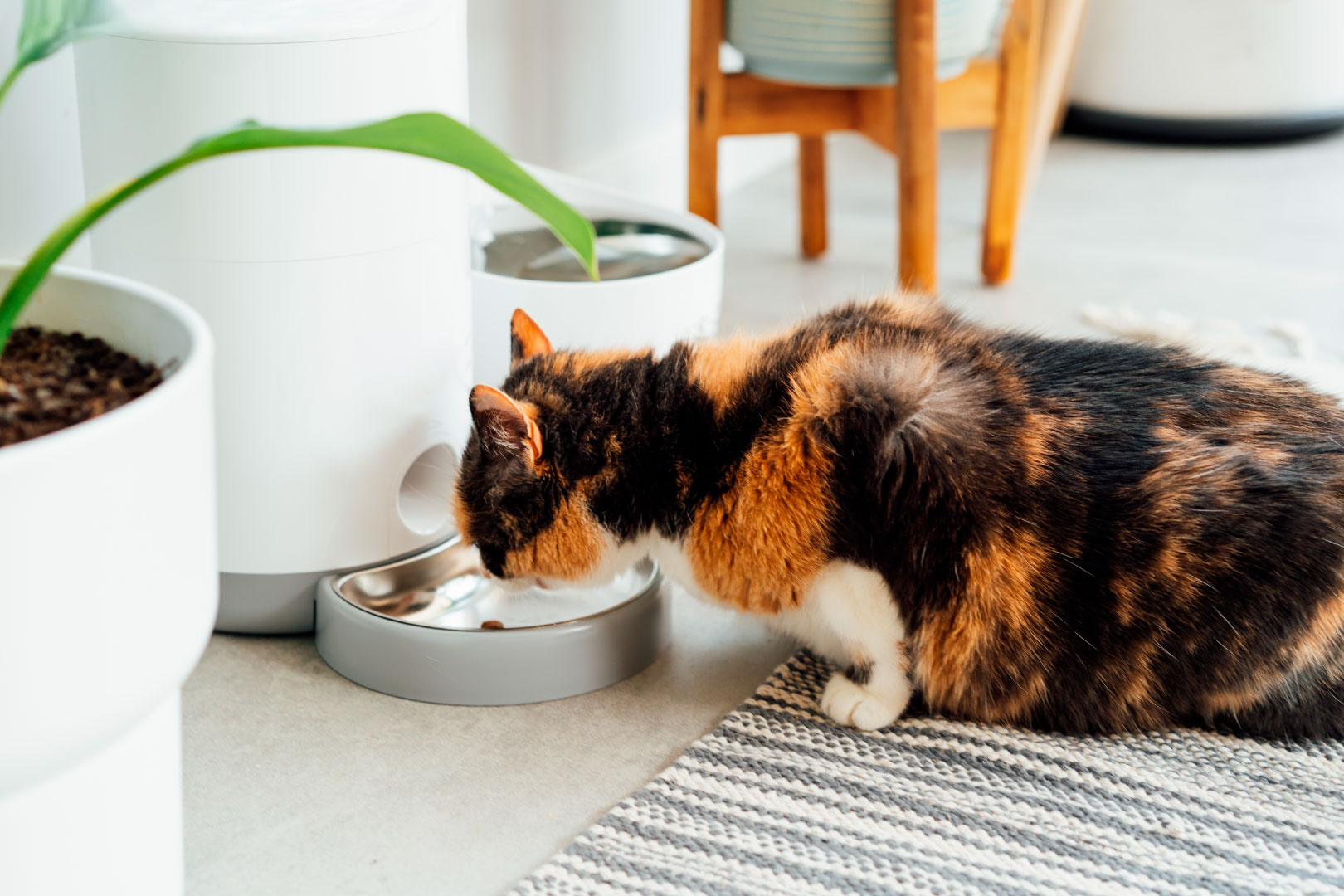Scratching helps them maintain their claws by removing the outer, dead layer, allowing new, healthy claw growth. In addition, cats have scent glands in their paws, and when they scratch, they leave behind both a visual and scent marker. This gives them a sense of ownership and security in their environment. Scratching also serves as a form of exercise. When cats scratch, they stretch their back, shoulders, and legs — it’s a natural way to stay limber and release built-up energy. Sometimes they scratch out of pure excitement, stress, or simply to get your attention. One thing is certain: it’s not bad behavior, but rather a way for your cat to communicate with the world around them.
That said, no one enjoys seeing fresh claw marks on their new sofa. Thankfully, there are simple and effective ways to manage this behavior — all it takes is a bit of understanding, patience, and creativity. The first and most important step is to offer your cat an alternative: a scratching post. Ideally, you should have several around the home, especially in areas where your cat spends time or tends to scratch. Some cats prefer vertical surfaces, others like horizontal ones — so it’s worth trying different shapes and materials.
To make the scratching post more appealing, try sprinkling some catnip on it or playing nearby with your cat’s favorite toy. Cats quickly associate positive experiences with specific locations. When you catch your cat using the scratching post, praise them gently, talk to them in a soothing voice, or offer a small treat — this helps reinforce the behavior you want to encourage.
At the same time, you can try protecting your furniture. Cats typically dislike sticky or slippery textures, so using double-sided tape can often do the trick. Also, don’t forget about regular claw trimming, especially if your cat lives exclusively indoors.
And most importantly — never punish your cat for scratching. Yelling or scolding won’t fix the problem; in fact, it may cause stress and make things worse. Instead, try to understand why the behavior is happening and find a way to redirect it in a healthy, appropriate manner.
Cats are creatures of habit — but also of instinct. If we give them the tools and space to express those instincts safely, they’ll reward us in kind, often showing their softest, most affectionate side. And your furniture? It’ll thank you too.



